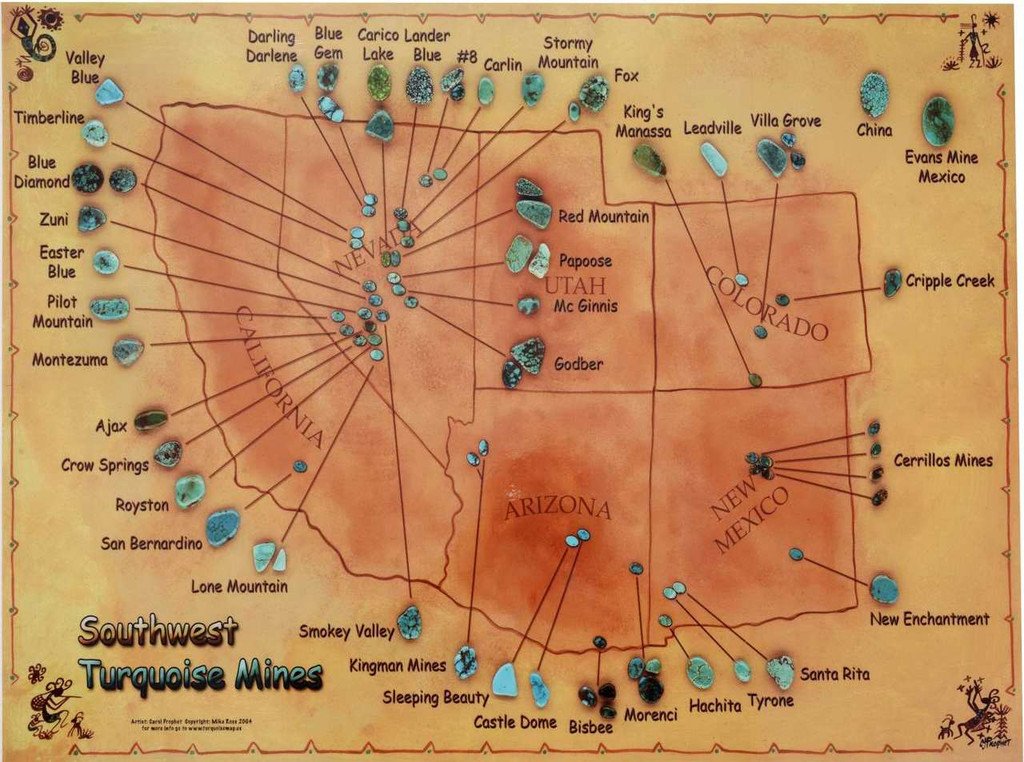Turquoise Tales: Unveiling the Rich History and Allure of a Timeless Gemstone
Turquoise, with its distinctive blue-green hue, has a rich history that spans centuries and various cultures. The stone's name is derived from the French word "turquois," meaning Turkish, as it was initially introduced to Europe through trade routes that passed through Turkey. However, turquoise's use dates back much further, with evidence of its use by ancient civilizations like the Egyptians, Persians, and Native Americans.
Ancient Egyptians highly prized turquoise, associating it with protection and good fortune. It adorned jewelry and even burial masks, emphasizing its spiritual significance. One notable example is the burial mask of the Pharaoh Tutankhamun. The iconic death mask, discovered in Tutankhamun's tomb by Howard Carter in 1922, features vivid blue stripes of turquoise adorning the ceremonial beard and the sacred cobra on the forehead. These turquoise inlays were meticulously set into the gold mask, showcasing the Egyptians' skilled craftsmanship and reverence for the gemstone.
Turquoise Burial Mask of the Pharaoh Tutankhamun
In Persia, now modern-day Iran, turquoise was revered for its vivid color, symbolizing heaven on earth. It graced the domes of palaces and mosques, signifying protection against the evil eye. Native American tribes, particularly the Navajo and Pueblo peoples, held turquoise in high regard, using it to craft intricate jewelry and ceremonial items.
Turquoise's popularity endured through the ages, finding its way into the jewelry of medieval European royalty and the Ottoman Empire. Today, turquoise remains highly sought after in the world of jewelry and art, valued not only for its aesthetic appeal but also for its enduring cultural and historical significance.

